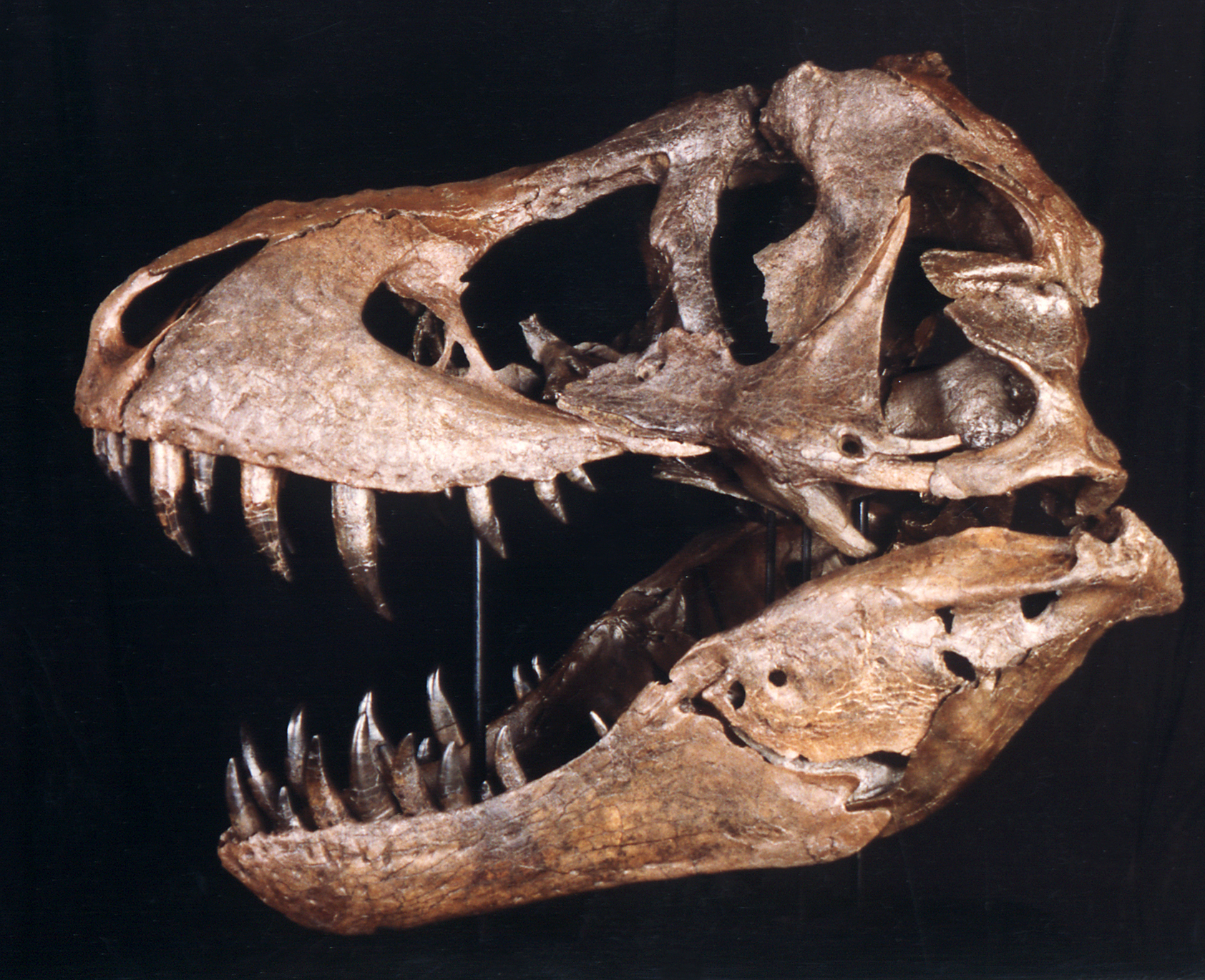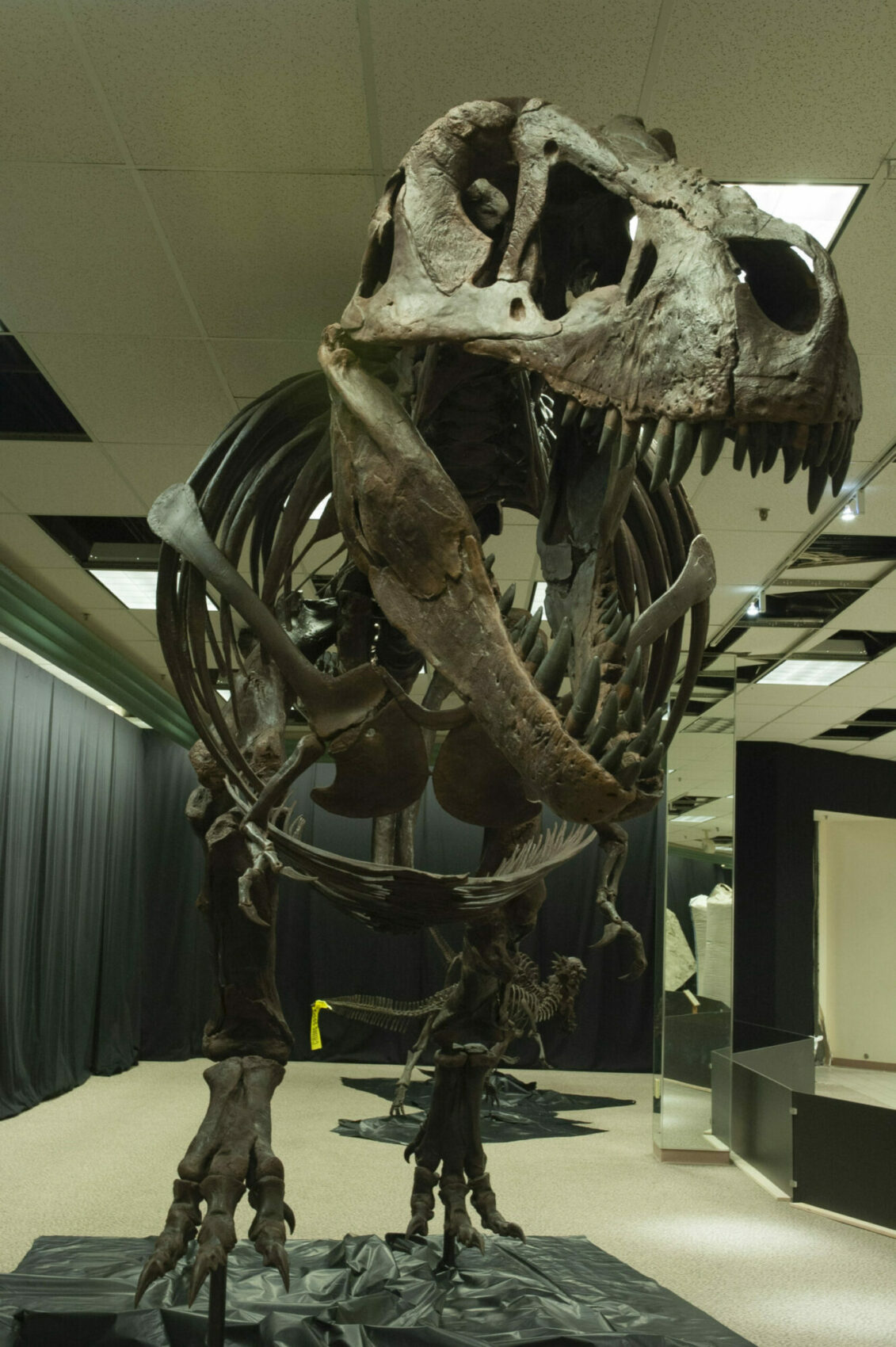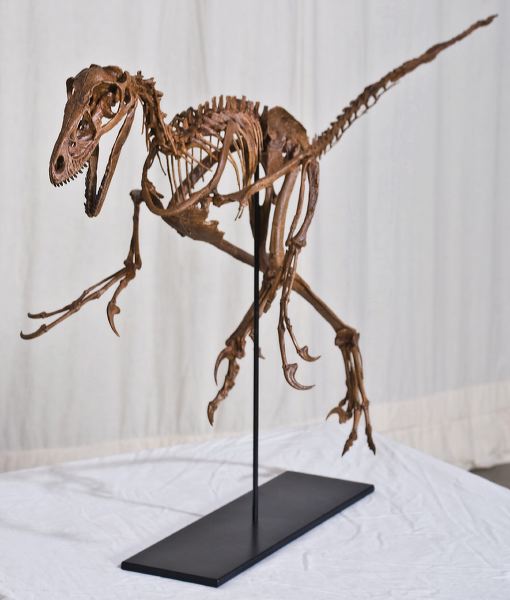Favorite CollLection Triceratops Real Figure Keyring
$11.95


Black Hills Institute has developed new techniques for the mounting of original and cast dinosaur (and other vertebrate) skeletons. These methods, coupled with our ability to bring the mounts to ‘life’, make our skeletons the finest you will see anywhere.
The skeletal mounts all start with an envisioned pose and a selection of materials. We use a high quality or grade of steel and create all of our own fittings for each section or part. When mounting an original fossil skeleton, the steel is bent into shape to conform with the bones, and special ‘cushions’ are then added to the steel to protect and hold the bones. When we mount a cast skeleton, the steel is hidden inside of the casts so that it is almost completely undetectable.
Our mounts are designed so that they come apart and fit through a 36″ doorway. An original skeleton can be mounted so that each individual bone can be removed from the framework. Sometimes all of the 300 or more bones in a skeleton must be mounted in this manner allowing for each bone to be removed and studied at a later date. A cast skeleton, on the other hand, is mounted in several modular parts or sections. The skeletons are all designed to be as lifelike as possible. We try to capture a moment in time and action in all of our mounts.

The speed of assembly of our mounts is enhanced by the simple custom-made fittings we produce for each section or part. The original STAN™ T. rex skeleton takes a crew of 4 people about 3 hours to assemble. A cast skeleton of STAN™ will take the same crew only about an hour. Uncomplicated assembly is also aided by the design of the crates and the manner in which we pack the skeletons. Custom-designed shipping brackets support sections off the floor and away from the walls of the crates. Smaller parts are packed in foam envelopes. All sections and individual parts come out of the crates easily – and the crates and brackets can be saved and re-used should the specimen need to be relocated.
BHI does custom mounting (and re-mounting of specimens that need a posture change or other upgrade) for museums and institutions. You won’t find another mounting process in the world that produces such a versatile and fine quality finished work.